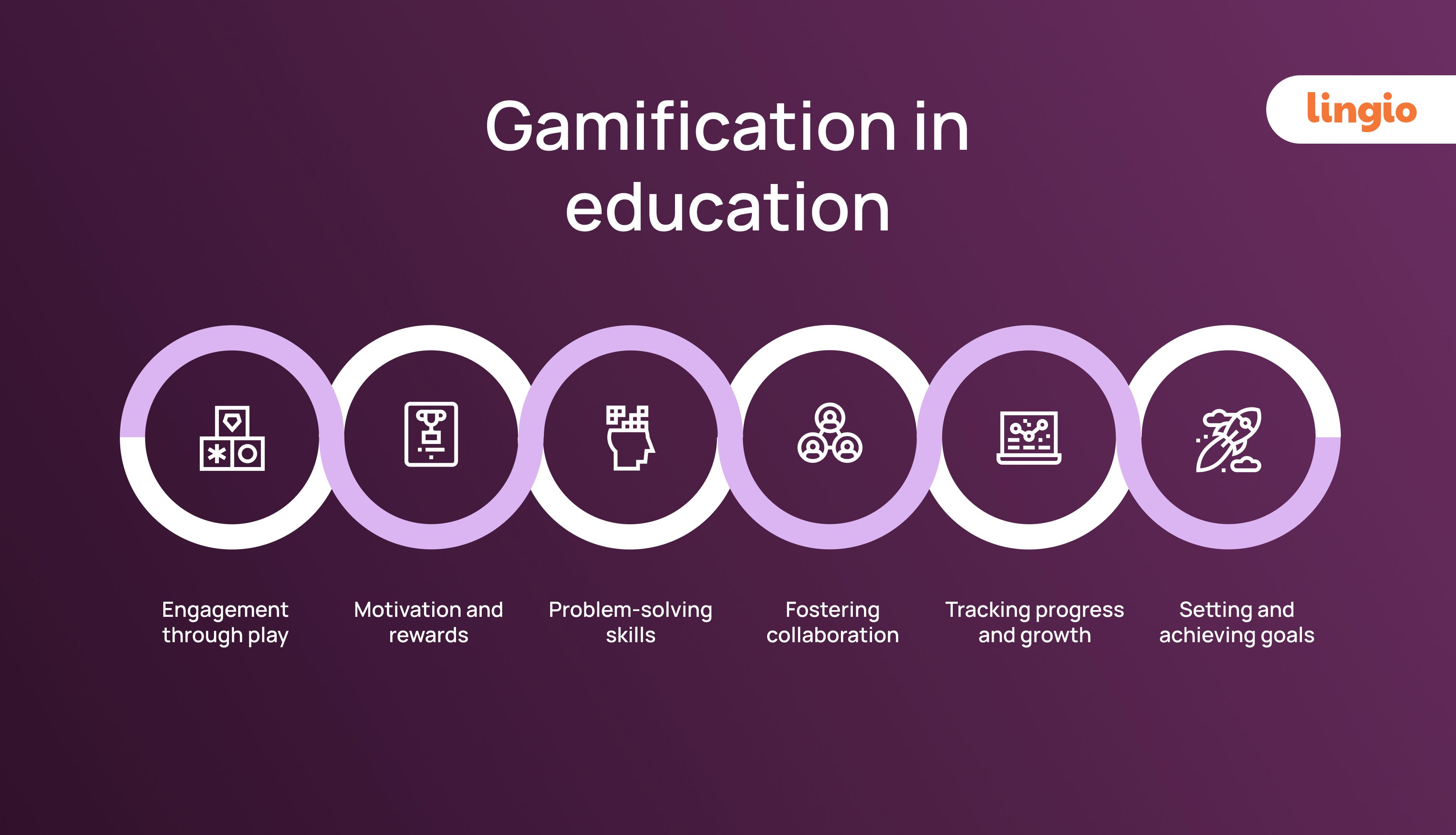Learning Through Gamification: Is It Anything More Than Just Fun
Traditional teaching techniques frequently fail to engage students in today's rapidly changing digital environment. Gamification, a growing trend in education, introduces game-like features to the learning process, such as points, levels, badges, and leaderboards. But is gamification merely a fun distraction? Yes, without a doubt. Gamification has the ability to change how pupils learn, retain information, and maintain motivation.
What Is Gamification in Education?
The use of game design concepts in non-game environments is known as gamification. In education, this entails transforming classes into engaging activities that replicate the thrill and framework of games. It may consist of:
Receiving points for finishing tasks
By learning subject, you may unlock new levels.
competing on leaderboards
earning prizes or badges
Establishing educational objectives and monitoring development
The Psychology of Gamification: Why It Works
Gamification makes use of fundamental psychological drives:
Motivation: Students are inspired to continue by the quick feedback and sense of accomplishment that games provide.
Dopamine release: The brain's pleasure response is triggered by minor accomplishments and rewards.
Independence and expertise: Gamified platforms frequently allow students to select their own course, giving them autonomy and a sense of advancement.
These factors contribute to a learning environment that feels less like a task and more like a worthwhile challenge.
The Actual Advantages of Learning Through Gaming
1. Better Engagement
Students are naturally drawn to games. Gamified learning environments hold their attention and keep them engaged for longer than traditional textbooks or lectures.
2. Improved Retention
Students are more likely to remember what they learn when they have fun. Gamified platforms include interactive features that encourage active learning, which improves comprehension and retention.
3. Fosters Persistence and Goal Setting
Levels and long-term objectives are typical of game mechanics. This teaches students how to establish goals, monitor their progress, and persevere through obstacles—all crucial academic competencies.
4. Rapid Feedback
Feedback is immediate in games. The same is true in gamified learning, where students get immediate feedback on whether they are on the right path, which enables more rapid improvement and development.
5. Inclusive and Available
Gamification makes lessons more inclusive by accommodating different learning styles, such as visual, kinesthetic, and auditory. Additionally, it makes it easier for introverted or shy children to engage.
Concerns and Difficulties
Gamification is not a panacea, regardless of its advantages. There are several difficulties, such as:
Excessive focus on incentives: If the emphasis shifts too much away from learning material and toward earning points, deep learning can be negatively impacted.
Motivation disparities: Competition or games don't inspire every student.
Content quality: When gamification is poorly implemented, it might come off as gimmicky and not help students meet their learning goals.
Effective Gamification: Best Practices
To make gamified learning really effective:
Make the game mechanics consistent with the educational objectives.
Make sure the incentives are meaningful but not overpowering.
Promote collaboration, not simply rivalry
Provide a range of options to accommodate the various interests of students
Conclusion: Play is More Than Simply Fun
Gamification is not simply about including bells and whistles in a lesson. It becomes a potent pedagogical tool when used deliberately, inspiring students, improving retention, and developing skills that last a lifetime. It makes the classroom enjoyable, but more importantly, it produces results.
Gamification is thus enjoyable. However, it is also intelligent, strategic, and revolutionary, and it may represent the future of education.


Post a Comment
0Comments